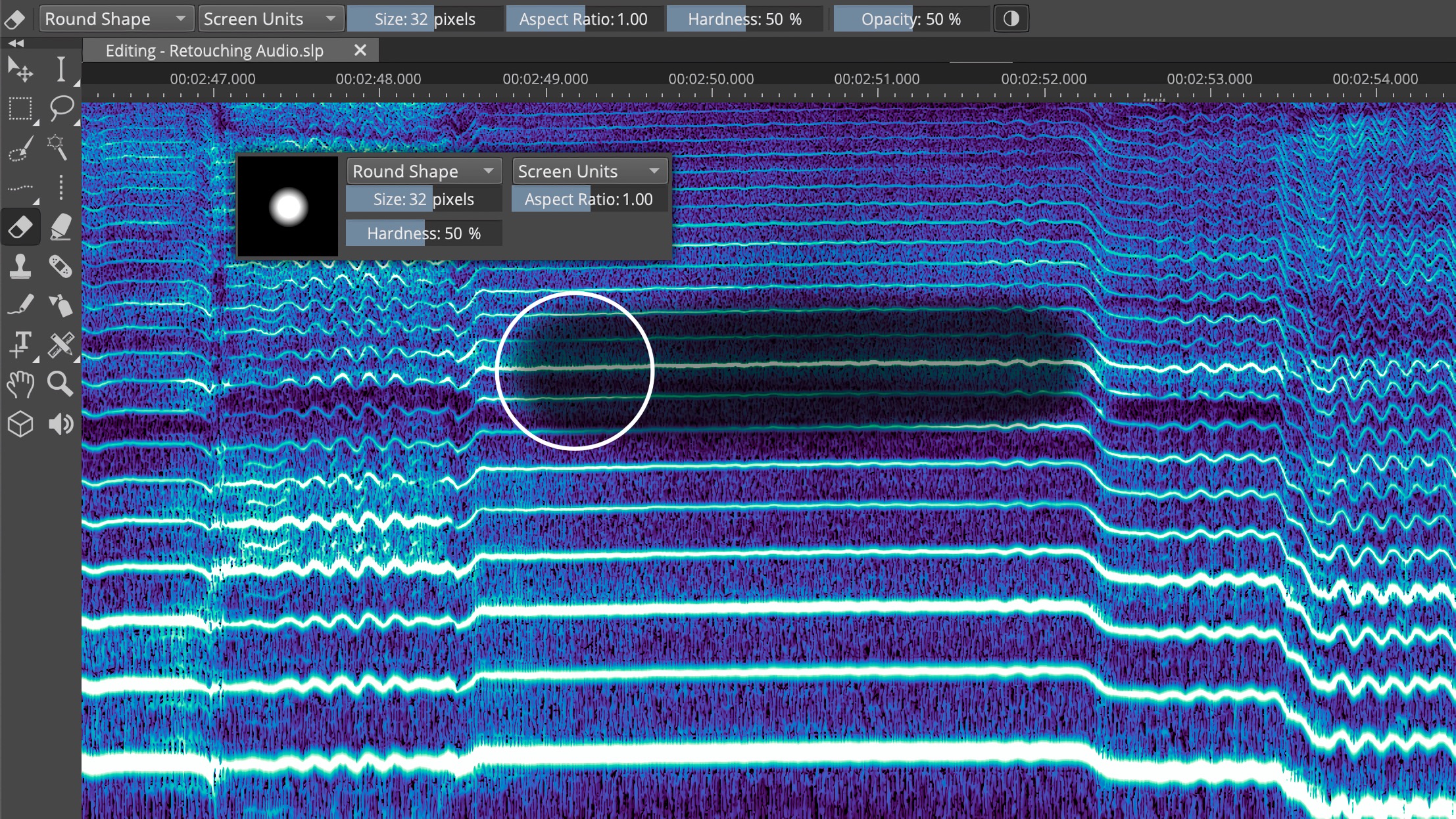
#Spectralayers pro 2.0.22 guide pro#
Over the last 10 years Sony have continued its development: this year saw the launch of the first Mac version, and they have now released version 11 of Sound Forge Pro for Windows.Īlongside Sound Forge Pro 11 comes a new version of SpectraLayers Pro.
#Spectralayers pro 2.0.22 guide software#
Sonic Foundry's Sound Forge was one of the very first specialist, professional-level waveform audio editors developed for the PC and, along with their other audio and video software products (including Acid and Vegas), was sold to Sony in 2003. 'Phonofiddle' is a file being edited in Sound Forge. 'New Layer' is an import from SpectraLayers. Sound Forge showing the Workspace: Frg.001 is a file in the new Project format. For many editing and sound manipulation tasks, a specialist editing program often offers easier, faster and more elegant ways of achieving the desired outcomes. Fantastically capable though a modern DAW is, though, its operation is optimised more for multitrack recording and mixing. It has always amused me to think that whilst another pioneer in this field, Pierre Schaeffer, was developing his musique concrète in Paris in the late 1940s, a certain Lester Polfuss was, at the same time, working with similar tape-based techniques in the service of popular music.Īlthough the basic edit functions of Select, Copy, Cut and Insert (and Loop) date back to those early days, the development of the computer-based DAW over the last 20 years or so has enabled us to manipulate sound in ways far beyond the capabilities of even the most sophisticated hardware-based equipment. Although mainstream today, his use of recorded and edited audio (bounced between two wire recorders) overlaid with echo and reverb was revolutionary at the time.


One of the pioneers of this approach was the Egyptian composer Halim El-Dabh, who presented his tape-based composition The Expression Of Zaar in Cairo in 1944.

The ability to manipulate recordings by physically modifying the carrier medium opened up new creative landscapes, allowing composers to apply techniques borrowed from film editing to the manipulation of recorded audio. Although nowadays we might smile wryly at the apparent simplicity of this setup, it was capable of making millisecond-accurate edits across two to 24 tracks. New versions of Sony's Sound Forge and, especially, the innovative SpectraLayers make possible new ways of editing recorded audio.īack in the days of analogue reel-to-reel tape recorders, an audio editor consisted of a human being, a splicing block, a razor blade and a reel of splicing tape.


 0 kommentar(er)
0 kommentar(er)
